Will Turkey's earthquake hit cellulose fiber industry?
About the earthquake
An earthquake swarm with two 7.8-magnitude quakes hit Turkey on February 6. The centers of the two major quakes were located in Gaziantep and Kahramanmara provinces of Middle South Turkey. As of 2:00 pm (Beijing time) on February 8, more than 8,000 Turkish and Syrian people had been killed. WHO officials said the quake might have killed more than 20,000 people. In addition, the economic damage caused by the quake may exceed 10 billion US dollars.
According to the latest official figures of Turkey, Gaziantep and Kahramanmara provinces have a combined population of 3,311,373. The other nine provinces adjacent to the two regions have also been significantly affected. The other nine provinces have a total population of 11.13 million. It has been confirmed that more than 14 million Turkish people are affected by the earthquake, and the data from Syria is temporarily unclear.
The epicenter of the first earthquake is about 33 kilometers away from Gaziantep, the main city and provincial capital of Turkey. The city has a population of more than one million and the province has more than 2 million people. It is the seventh most populous province in Turkey and one of Turkey's important industrial and manufacturing centers. There is also significant damage to the nearby port of Iskenderun.
The earthquake is located at about 38 degrees north latitude, which is at a similar latitude to the North Korea/South Korea border, so the local temperature is relatively low. According to the weather report on February 7, the local temperature is only about 2 degrees centigrade, and there is wind and snow in some areas, which has brought difficulties to the rescue.
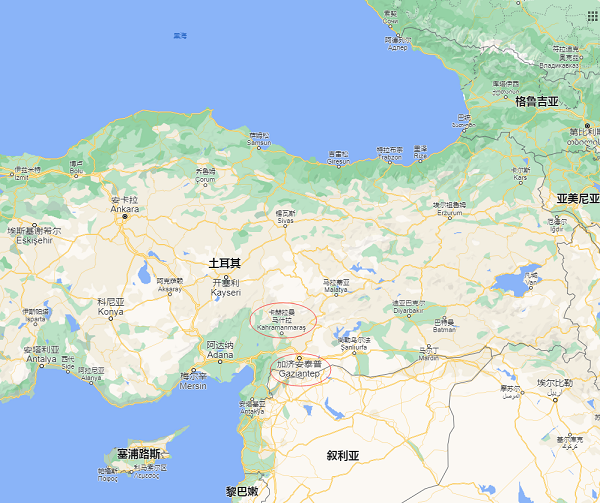
Source: google map
The Republic of Turkey is an important country that straddles Europe and Asia, inherits the civilization of the Ottoman Empire, and integrates civilizations of various ethnic groups.
Turkey's geographical location is very important, surrounded by sea on three sides, with the Black Sea in the north, the Aegean Sea in the west, and the Mediterranean Sea in the south. It is the only way for the Middle East to enter Europe on land, and it is also an important seaport for Russia and Ukraine.
Turkey is located at the junction of the Asian continental plate and the Arabian plate. 96% of the country's land area is in the seismic zone, and it may even be affected by the African continental plate.
In 2021, Turkey's GDP reaches 819 billion US dollars, which is basically equivalent to that of Hubei Province in China, or close to Switzerland in Europe (800.6 billion US dollars), or the sixth-ranked Pennsylvania in the United States (844.5 billion US dollars).
According to the latest national data of Turkey, the population of about 83.46 million is close to that of Jiangsu Province in China (85.05 million).
Turkey has a land area of 783,600 square kilometers, slightly larger than China’s Qinghai Province (722,300 square kilometers). There are 81 provinces based on administrative division. Except for Istanbul with a population of about 15.17 million, the population of other provinces is generally less than 6 million. Even the second largest city, Ankara, has only 5.23 million people.
About the industry
Turkey is an important textile industry country in the world. It has more than 10 million spindles of spun yarn capacity and more than 1.5 million tons of yarn production. The output value of the textile industry accounts for around 10% of Turkey's GDP, and employment occupies about 20% of the national total. In 2021, Turkey's textile and apparel exports respectively account for about 4% and 3% of the world.
From the perspective of distribution, according to the previous data of CCFGroup, Gaziantep as one of the epicenters is one of the five largest industrial clusters in Turkey, but its proportion is relatively small about 6%.
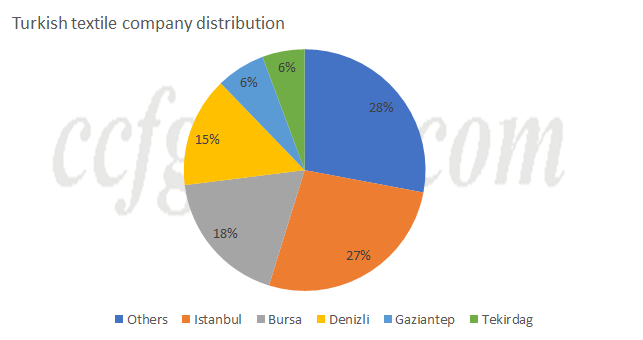
Turkey is an important consumer of VSF, but it has no VSF capacity. There is a newly built lyocell enterprise with an annual capacity of 40kt in Turkey, which is located in Gaziantep Province, the epicenter of the earthquake this time.
According to the data of 2018, Turkey imported 223kt of VSF mainly from Indonesia, China, and Austria.
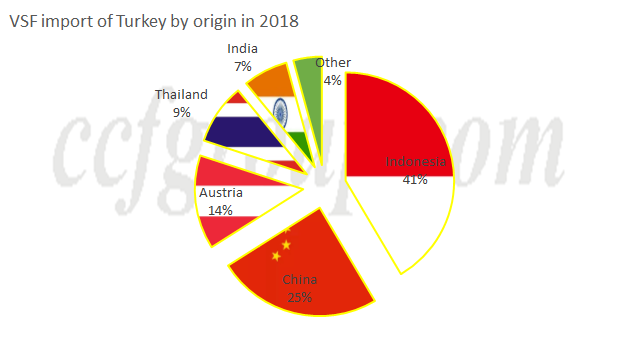
As far as China is concerned, Turkey has been the top two destinations of China's VSF exports for a long time. According to customs data in 2022, the total amount of VSF exported from Chinese mainland to Turkey is 69.7kt, accounting for 22% of the total export volume.
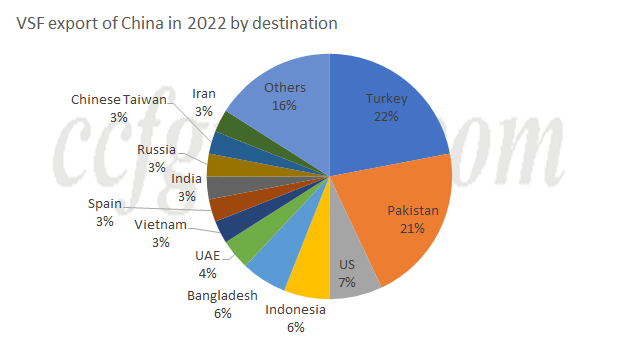
About the impact
After the earthquake, the Turkish lira depreciated, as one dollar was once traded at 18.09 Turkish liras, hitting new lows.
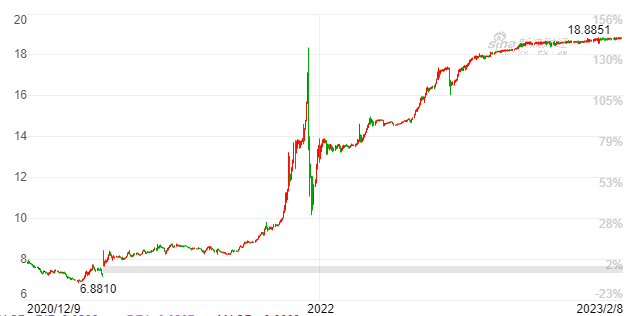
Source: sinafinance, there may be difference from the actual exchange rate
Some local textile enterprises are temporarily out of contact, and some work of banks cannot be carried out normally for the time being.
Since 2008, there have been two earthquakes above magnitude 7 in China, among which the Wenchuan earthquake was the most severe. According to China's experience, disaster relief work still needs to last for a long time, and post-disaster reconstruction may take several years. However, the industry may be expected to partially recover within a quarter.
Considering the limited importance of the traffic in Middle South Turkey and the distribution of industries, we believe that the impact of the earthquake on the textile industry is relatively limited for the time being, based on static analysis.
At the same time, considering the current low operating rate of the global textile industry, even if some processing capacity is damaged, it is easier to find other regions or countries as substitutes.
Whether it will deal a blow to the current fragile global confidence is uncertain. At the same time, we should pay attention to another possibility, that is, the short-term transfer of quarterly orders undertaken by the earthquake area will bring about a concentrated release of demand and cause an imbalance between supply and demand.
At present, the situation of the disaster and the responses of all parties have not yet been fully clarified, and the direction of the impact is uncertain. The specific situation remains to be further observed.
- Top keywords
- Cotton Price
- Cotton Futures Price
- Cotton Futures
- CZCE
- PTA Futures Price
- Chemical Fiber
- Polyester Prices
- Wool price
- PTA Futures
- Shengze Silk
- China
- Yarn Price
- price
- China Textile City
- Fibre Price
- Benzene Price
- Cotton
- Index
- Cotton Index
- PTA
- fabric price
- NYMEX
- Top 10
- textile industry
- Spot Cotton
- Cotton Yarn
- Polyester Price
- Futures
- PTA Price
- cotton yarn price

